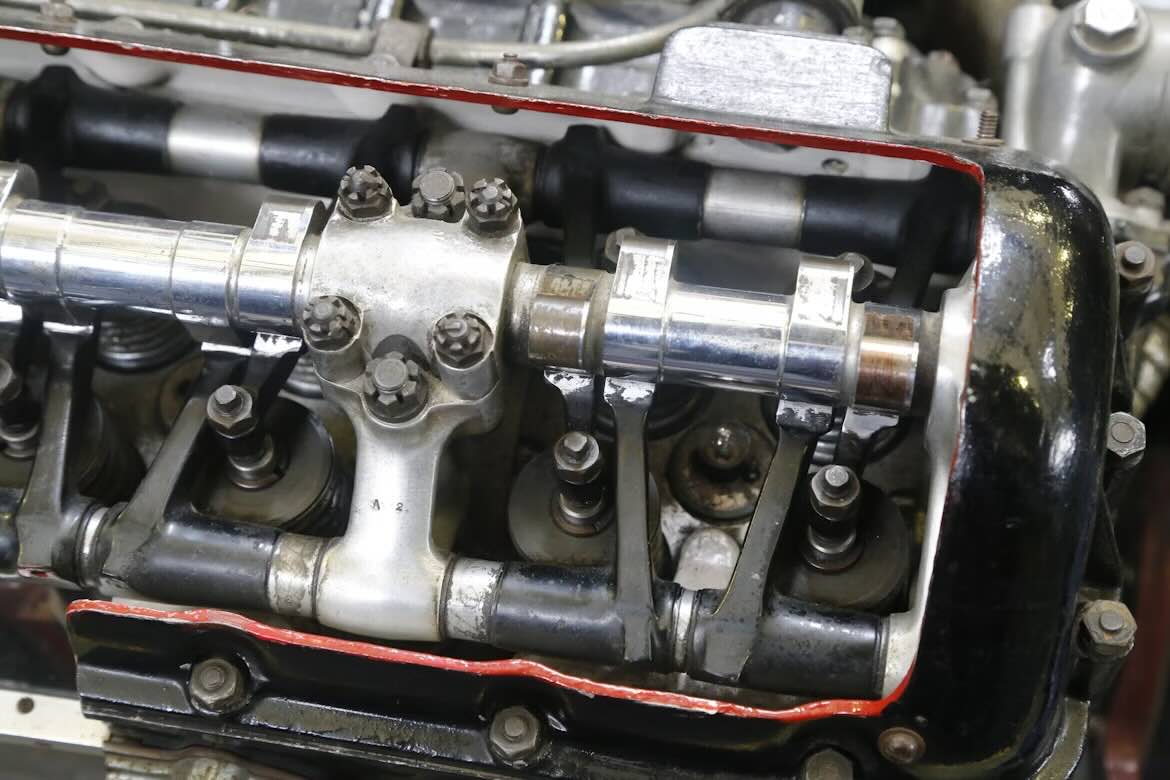In automotive engineering, there are few components that are as important as the camshaft. It’s not something everyone knows, but the camshaft is the heartbeat of your engine as it controls valve timing and influences engine health
As modern engines advance, camshaft design evolves too. It feels like every year new developments come out to improve power output and maintain control over engine components like valve springs and valve heads.
With these constant evolutions, it’s important to have a firm understanding of exactly how a car camshaft works, to better understand your vehicle. At BehindThe8, we’re experts in high-performance cam shafts and cylinder heads, and are here to help you understand what’s beneath your hood.
Timing and Function For Optimal Engine Performance
The camshaft is a rotating shaft synchronized with the crankshaft to manage intake and exhaust valve timing during each engine stroke. It dictates when the intake valve opens and the exhaust valve opens, regulating the combustion process.
This timing optimizes air and fuel mixture flow, enhances combustion chamber performance, and prevents engine damage. The intake manifold supplies air, while exhaust valves and exhaust gases exit during the exhaust stroke. When the intake valve closes, it seals the mixture for the compression stroke.
Cam lobes, on the other hand, control how far valves lift and their duration which shape the engine’s performance and the behavior of the vehicle’s engine.
Variable valve timing helps distribute the engine’s power more efficiently. During the intake stroke, air and fuel enter the combustion chamber, and the power stroke forces pistons down against cylinder walls. The camshaft plays a key role in influencing an engine’s characteristics and car engine behavior.
If the camshaft fails, misaligned valve timing can cause serious problems. Proper camshaft position and valve clearance protect the valve stem and prevent costly repairs. It’s exactly why precise timing and regular maintenance are important to keep everything operating efficiently.
SOHC, DOHC, and Performance Upgrades
The difference between a Single Overhead Cam (SOHC) and Dual Overhead Cam (DOHC) engines is as simple as SOHC use one camshaft per cylinder bank, use DOHC engines use two, which allows for more control over intake and exhaust valves.
These systems are fantastic for internal combustion engines that demand accurate valve actuation. Having a traditional camshaft may still perform well, but DOHC designs are built to support higher performance and better tuning.
If you’re looking for something to help you meet your specific goals for performance enhancement or horsepower, aftermarket camshafts are a great choice. Modifying cam lobe profiles, on the other hand, is nice for changing engine efficiency and throttle behavior giving you peak performance to improve your vehicle’s performance.
With proper alignment and high quality oil, you can help the camshaft controls function as an important component of your vehicle.
Rely on Behind The 8 for Camshaft Expertise
Understanding how your engine’s heartbeat works gives you the key to understanding your vehicle’s primary function to ensure optimal engine performance with precise control. At BehindThe8, our camshafts are designed with development insights, aligning reliability and performance. We explore camshaft profiles and focus on efficiency in products that enhance,aren’t just cheap replacements.
If you want performance upgrades or to prevent problems, contact us. BehindThe8 is here with the expertise and warranty to keep your engine running at its best.



Comments are closed